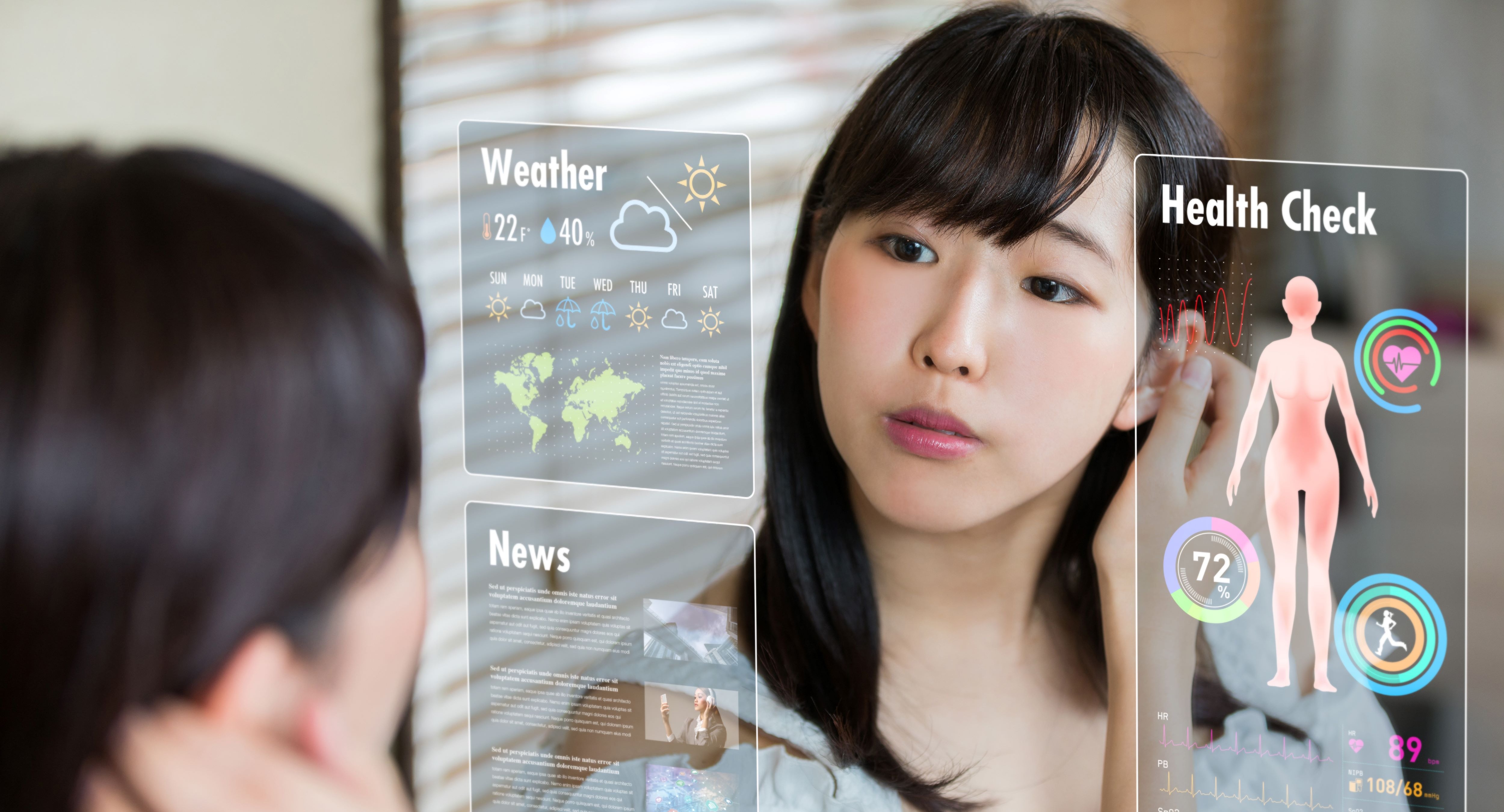Non-Contact Biosignals Measurement Solution
KEY INFORMATION
Infocomm - Artificial Intelligence
TECHNOLOGY OVERVIEW
In modern healthcare, remote patient monitoring is increasingly important, offering significant advantages in patient care and accessibility. Non-contact monitoring reduces the need for physical interaction, crucial during infectious disease outbreaks or in intensive care units. It also allows for discomfort-free monitoring, making it ideal for vulnerable populations like the elderly, infants, and critically ill patients. This technology is particularly valuable in settings where traditional contact-based methods are impractical, such as in telemedicine and home care. Additionally, it reduces the need for multiple devices to measure various bio-signals, streamlining processes and cutting costs.
The technology utilises remote photoplethysmography (rPPG) to measure bio-signals without attaching any sensors. rPPG technology works by analyzing subtle changes in the light reflected from a person's skin, which are correlated with underlying physiological signals. By utilizing standard cameras and sophisticated signal processing algorithms, rPPG can accurately capture and interpret these bio-signals from a distance, offering a convenient and reliable alternative to conventional methods.
This technology can measure pulse, oxygen saturation, and blood pressure as raw data and analyze it to measure stress index, drowsiness index.
The technology owner is seeking collaborators in:
- Transportation Companies or Automotive Manufacturers: To enhance mobility services by integrating driver bio-signal and drowsiness monitoring, providing a safer and more innovative driving experience.
- Healthcare and Telemedicine Providers: To improve the quality of remote healthcare services through continuous biometric signal monitoring and non-face-to-face consultations, particularly for home care and telemedicine.
- Insurance Providers, Daycare Centers, and Health & Wellness/Fitness Apps: To expand current health and wellness offerings by incorporating bio-signal measurement technology into fitness apps, smart appliances.
TECHNOLOGY FEATURES & SPECIFICATIONS
- Measures pulse, oxygen saturation, blood pressure, temperature, as raw data and analyze it to measure stress index, drowsiness index.
- [Accuracy] pulse: 99%; oxygen saturation: 99.5%; blood pressure: 95%.
- The same software can also be used for in bio-signal based security and attendance management technology in the prevention of face forgery and alteration, security access control.
- The measurement speed for one-time measurement is less than 4seconds (excluding blood pressure) but for real-time measurements, it is within 10seconds (including blood pressure).
- Able to work in low lighting conditions (night), using both RGB and IR cameras and compatible with low-spec hardware such as inside a car.
- Compatible with various operating system such as Andriod, iOS, windows and Linux.
- A breathalyzer can be incorporated into the system.
This technology enables non-contact, remote, unobtrusive monitoring in both clinical and non-clinical environments that is able to work reliably in poor external conditions (variation in light and movement).
POTENTIAL APPLICATIONS
1) Transportation Companies or Automotive Industry
The technology can be integrated into vehicles to monitor the driver’s health and alertness. By measuring bio-signals and potentially incorporating add-on modules like breathalyzer, it helps prevent safety accidents caused by fatigue or impaired driving. This application holds significant potential for expansion in the era of autonomous driving, where continuous monitoring could enhance both safety and user experience.
2) General Health, Wellness, and Sports
This technology can be embedded into smart appliances (mirrors), health & wellness app. By monitoring vital signs, it can provide personalized services such as tailored exercise routines or cooking recipes based on an individual’s health conditions. This approach enhances daily health management and contributes to overall wellness.
3) Child Development and Elderly Monitoring
For child development, the technology can be integrated into various video content, enabling the measurement of vital signs while children watch or play, thereby assessing their growth, nutrition, and mental state. Similarly, it can be used for elderly monitoring, particularly for those who might be in the blind spots of healthcare, ensuring their well-being and providing timely health interventions.
4) Remote Health Monitoring and Telemedicine
Medical facilities can employ this technology for remote patient monitoring and telemedicine. By establishing continuous health monitoring capabilities, it supports the development of smart medical systems that facilitate non-face-to-face medical treatment and contactless measurement of vital signs. This not only reduces the workload on medical personnel but also offers patients a more convenient and efficient way to manage their health remotely.
Unique Value Proposition
- Fast measurement speed in less than 10 seconds, pulse and oxygen saturation can be measured within 4 seconds
- Able to measure even in low light conditions (night) and can be extended to security solution
- Compatible with most operating system and able to utilize cameras/ hardware on existing smart phones
- Able to measure in real time
- The collected raw data collected can be used to analyze and give information on BMI and blood sugar (still in development)

